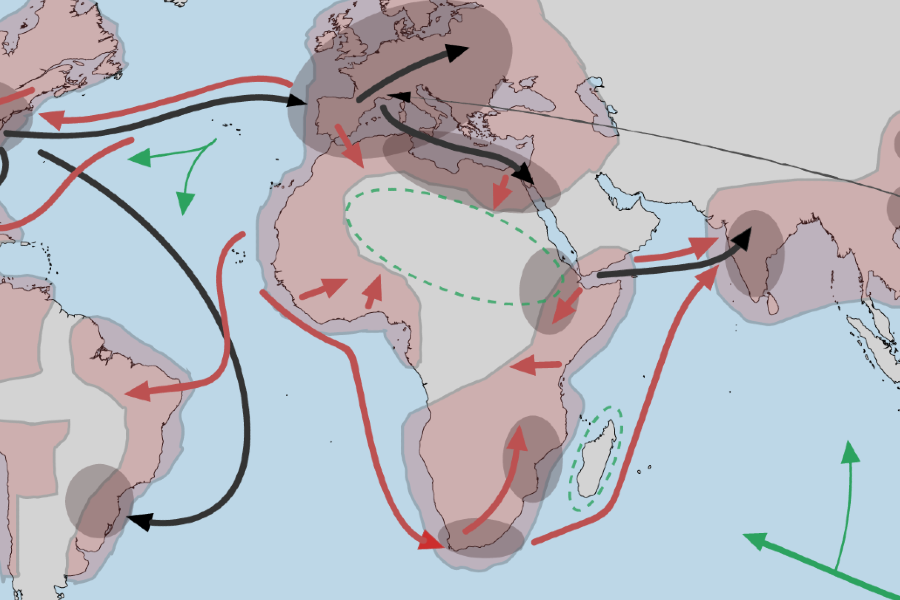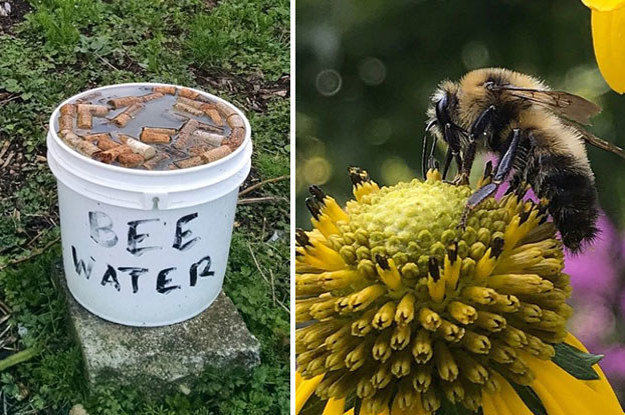The oft-repeated claim that the Amazon rainforest produces 20 of our planets oxygen is based on a misunderstanding. The oft-repeated claim that the Amazon rainforest produces 20 of our planets oxygen is based on a misunderstanding.
No The Amazon Fires Won T Deplete The Earth S Oxygen Supply Here S Why Pbs Newshour
The Amazon creates over 20 of the worlds oxygen.

How much oxygen does the amazon rainforest produce. First of all the answer depends on who you believe. The most common percentage reported is twenty. For years media outlets have claimed that the Amazon rainforest is responsible for producing 20 percent of the worlds oxygen.
The Amazon rainforest _ the lungs of the Earth _ produces 20 of the planets oxygen. In fact nearly all of Earths. Efforts are underway to contain the wilfires in Amazon rainforest which generates more than 20 percent of worlds total oxygen.
But surprisingly this is not where most of our oxygen comes from. Politicians celebrities media sources world leaders and others have for years claimed that the Amazon rainforests produce 20 of the worlds oxygen and then referred to the same place as the lungs of the planet. However the forest itself and its wildlife consume a good amount of that as well.
The great mass of trees and wildlife is known for producing a considerable amount of the oxygen that we consume. The Amazon rainforest is a vast area of rainforest located in 9 South American countries. This is NOT to minimize how bad it is to have out of control wildfires.
However the term oxygen production is quite misleading as the decomposition of organic plant and animal matter in rainforests actually. Does the Amazon the worlds largest tropical rainforest produce a fifth of the worlds oxygen. No the Amazon does not produce 20 of the Earths oxygen.
Photograph by Ueslei MarcelinoReuters. In truth the Amazon rainforest accounts for a fraction of oxygen production in the world. The worlds rainforests are responsible for producing between 20 and 30 percent of total the oxygen produced in the world each year.
One-fifth of the worlds fresh water is in the Amazon Basin. According to The Atlantic it produces approximately 6 of. More than 20 percent of the world oxygen is produced in the Amazon Rainforest.
How much oxygen does the Amazon forest produce. Most of the people have realized the importance of the Amazon rainforest when the wildfires made into headlines with media highlighting its significance for planet Earth. The Amazon rain forest produces 20 of our planets oxygen.
The Amazon is generously half of the tropicsand certainly somewhat lessso that means at most 12 percent of the oxygen produced each year from land photosynthesis comes from the rain forest. The Amazon produces about 6 percent of the oxygen currently being made by photosynthetic organisms alive on the planet today. The Amazon rainforest alone produces nearly 20 percent of the worlds oxygen.
This is to keep unscientific non-facts from being perpetuated. Based on its size the Amazon would account for about half of that. I was made to write this due to a.
But is it true. How much oxygen does the Amazon rainforest actually contribute to the atmosphere. More than half of the worlds estimated 10 million species of plants animals and insects live in the tropical rainforests.
As the news of fires raging in the Amazon spread across the world last week so did a misleading yet oft-repeated claim about the rainforests importance. That would mean the Amazon generates around 16 percent of oxygen produced on. How much oxygen does the Amazon rainforest produce.
That it produces 20 percent of the worlds oxygen. Scientists say while the Amazon is. The real value is more like 5 to 6.
No Amazon rainforest does not produce 20 of earths oxygen A post shared on Facebook in Nigeria claims that 20 of the Earths oxygen is produced by the Amazon rainforest. The Amazon Rainforest is the largest and most densely populated forest in the world and has commonly been referred to as the lungs of the Earth. In fact nearly all of Earths breathable oxygen originated in the oceans and there is enough of it to last for millions of years.




